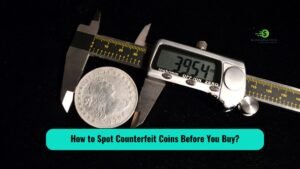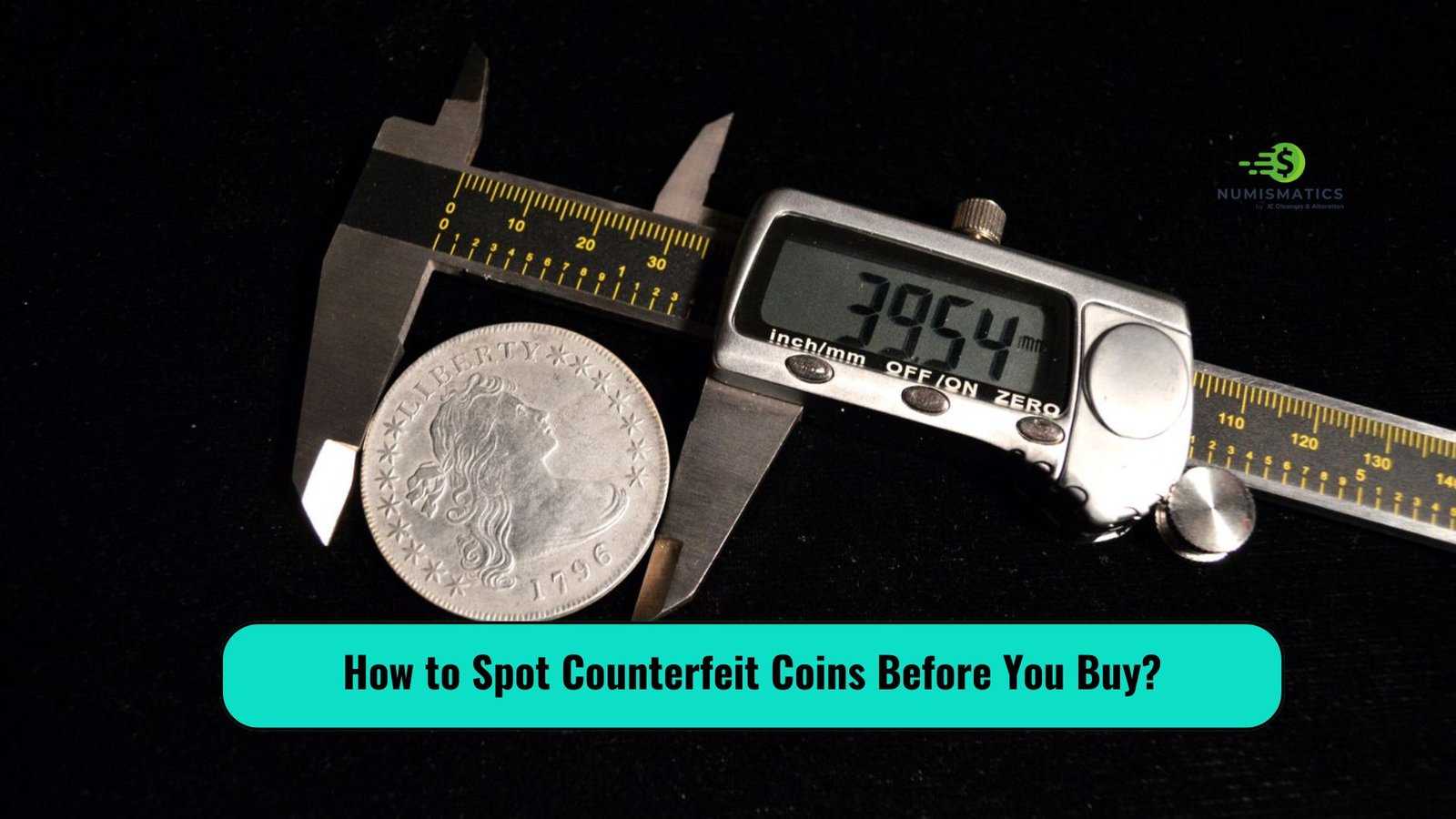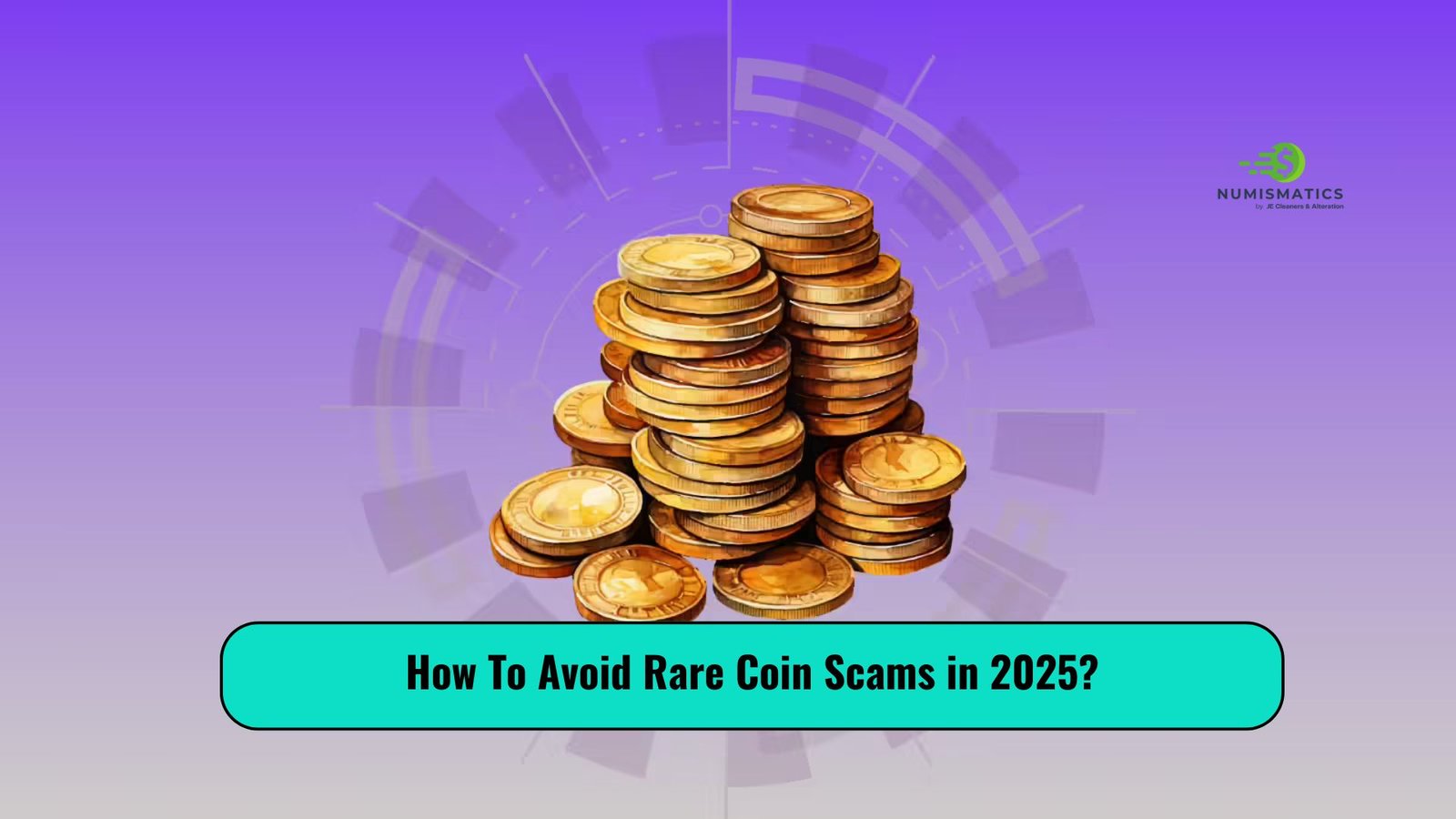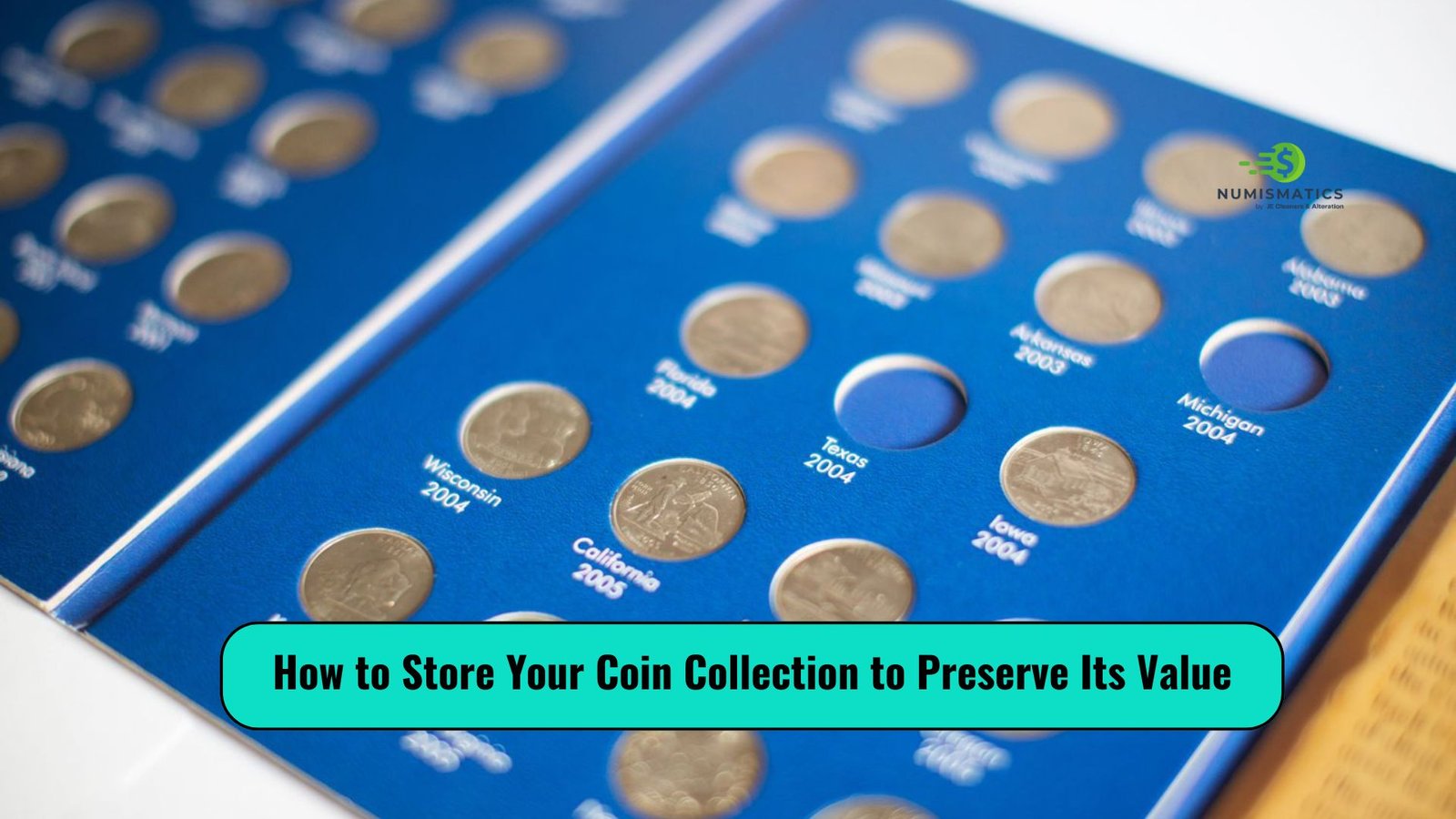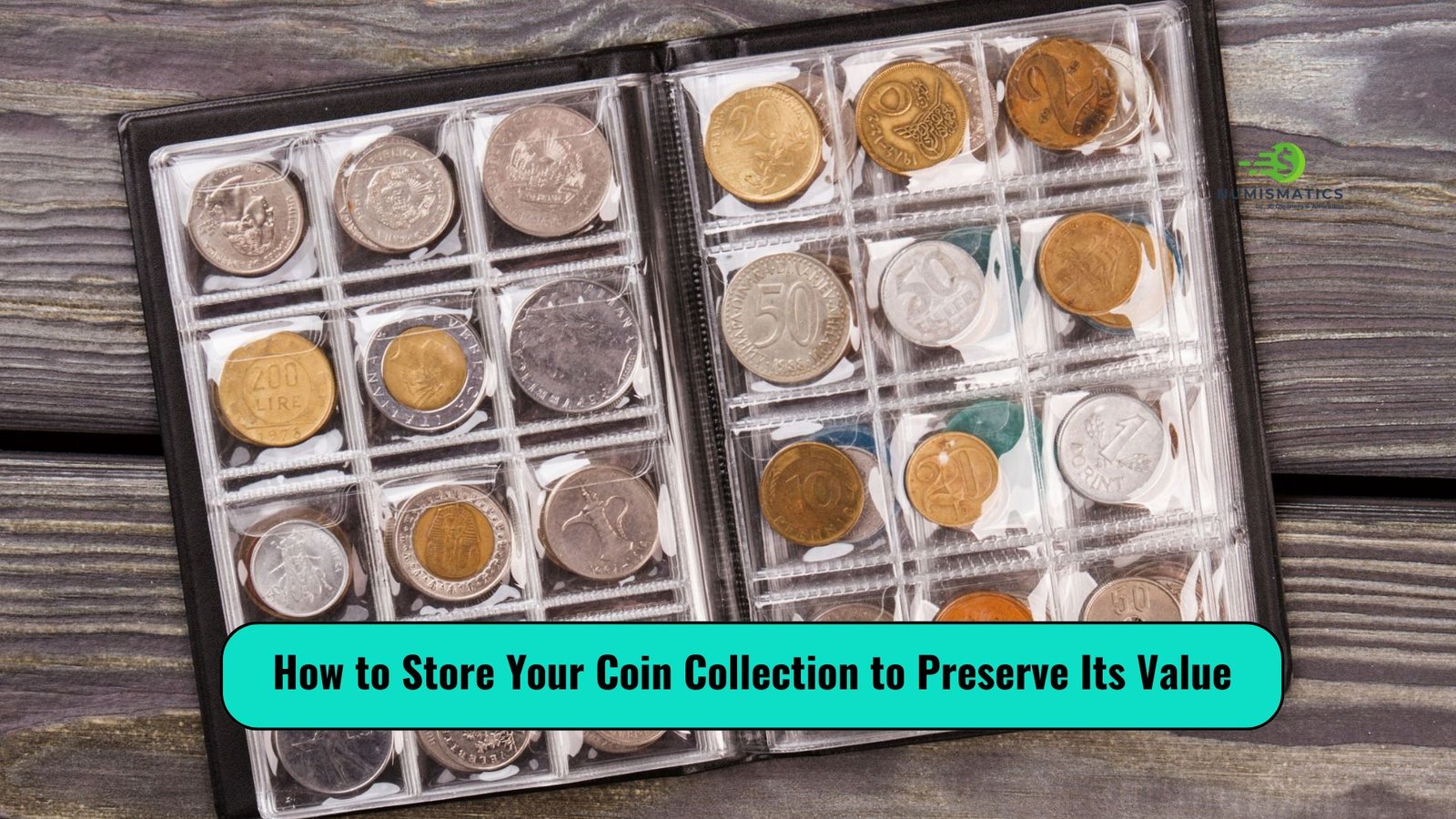In my two decades as a numismatist, I’ve learned that coin grading is more than just assigning a number to a coin—it’s about understanding its story, condition, and value. The Sheldon Scale, a 70-point system developed by Dr. William Sheldon, is the gold standard for grading coins, ranging from Poor-1 (barely identifiable) to Mint State-70 (perfect). Grading impacts a coin’s market value, appeal, and desirability, making it a critical skill for collectors.
But grading isn’t easy. It requires a keen eye, the right tools, and years of practice. Early in my career, I mistook a cleaned coin for a high-grade piece, a costly lesson that taught me the importance of thorough evaluation. This article combines the professional rigor of a detailed guide with the practical, community-driven advice I’ve shared with fellow collectors. Let’s explore how to grade coins like a pro, step by step.
Why Coin Grading Matters
Grading determines a coin’s condition, which directly affects its value. A single point on the Sheldon Scale can mean the difference between a $50 coin and a $500 coin. For example, an 1889 Morgan Silver Dollar in VF-20 (Very Fine) might fetch $30, while the same coin in MS-65 (Mint State) could command $200 or more. Grading also helps you:
- Authenticate coins to avoid counterfeits.
- Assess preservation for long-term storage.
- Make informed buying and selling decisions.
As a collector, I’ve seen beginners overpay for overgraded coins or undervalue gems due to inexperience. Mastering coin grading empowers you to build a valuable collection with confidence.
Essential Tools for Coin Grading
Before you start grading, gather the right tools. Here’s what I keep on my desk, refined over years of trial and error:
| Tool | Purpose | Recommended Brands |
|---|---|---|
| Magnifying Loupe | Examine fine details like scratches or luster. | Bausch & Lomb (10x-20x), Zeiss |
| Soft Lighting | Highlight surface imperfections without glare. | OttLite, LED desk lamps |
| Nonabrasive Cloth | Protect coins during handling. | Microfiber cloths |
| Coin Holders | Prevent fingerprints and damage. | 2×2 cardboard holders, Air-Tite capsules |
| Grading Guides | Reference for standards and terminology. | ANA Grading Standards, PCGS Photograde |
Pro Tip: Invest in a quality loupe with at least 10x magnification. Early on, I used a cheap 5x loupe and missed subtle wear marks, costing me when selling. Also, avoid harsh lighting—it can mask flaws or exaggerate luster.
Step-by-Step Guide to Grading Your Coins
Here’s my tried-and-true process for grading coins, blending technical precision with practical insights.
Step 1: Prepare Your Workspace
A clean, distraction-free environment is crucial. Lay a soft microfiber cloth on your desk to prevent scratches. Use adjustable lighting to control glare, and keep your loupe and grading guide handy. I learned this the hard way after dropping a rare coin on a hard surface, leaving a nick that dropped its grade from AU-55 to XF-45.
Step 2: Handle Coins Properly
Always hold coins by their edges to avoid fingerprints, which can degrade surfaces over time. Wear cotton gloves for high-value coins. I once saw a collector ruin a proof coin’s mirror-like finish with a single thumbprint—heartbreaking.
Step 3: Assess the Coin’s Surface
Examine the coin under magnification for:
- Luster: The original mint shine, strongest in Mint State coins. A dull surface suggests wear or cleaning.
- Scratches and Bag Marks: Common in circulated coins but detrimental in high grades.
- Cleaning or Alterations: Harshly cleaned coins often have hairline scratches or unnatural shine. I once bought a “brilliant” coin online, only to discover under my loupe it had been polished, slashing its value.
Step 4: Evaluate Wear and Details
Using the Sheldon Scale, check for wear on high points (e.g., hair on Liberty’s head for U.S. coins). Here’s a quick reference:
| Grade | Description | Wear Indicators |
|---|---|---|
| Poor-1 | Barely identifiable. | Details nearly gone. |
| Fine-12 | Moderate wear, major details visible. | High points flattened. |
| AU-50 | About Uncirculated, slight wear on high points. | Trace luster remains. |
| MS-60 | Mint State, no wear but may have bag marks. | Full luster, minor imperfections. |
| MS-70 | Perfect, no flaws under 5x magnification. | Rare and pristine. |
Pro Tip: Tilt the coin under light to spot wear. I’ve found this reveals subtle friction that flat lighting hides.
Step 5: Check the Strike Quality
A coin’s strike refers to how well the design was impressed during minting. A weak strike (blurry details) can lower the grade, even if the coin is unworn. I once graded a 1921 Peace Dollar as MS-63, only to realize its weak strike justified an MS-62, a lesson in separating strike from wear.
Step 6: Consider Eye Appeal
Eye appeal—color, toning, and overall attractiveness—can influence a coin’s grade and value. Naturally toned coins (e.g., rainbow hues on silver dollars) are prized, while spotty or artificial toning detracts. My first “monster-toned” Morgan taught me that eye appeal can elevate a coin’s desirability, even if its technical grade is average.
Step 7: Compare with Grading Standards
Cross-reference your assessment with resources like the ANA Grading Standards or PCGS Photograde. Early in my career, I overestimated grades until I started comparing my coins to certified examples. This step builds accuracy over time.
Step 8: Know When to Seek Professional Grading
For coins worth $100 or more, consider professional grading by PCGS or NGC, the gold standards in third-party grading. Their slabs protect coins and add market credibility. I’ve sent coins for grading only to discover they were overgraded by dealers, saving me from overpaying. Be cautious with lesser-known services—some lack consistency.
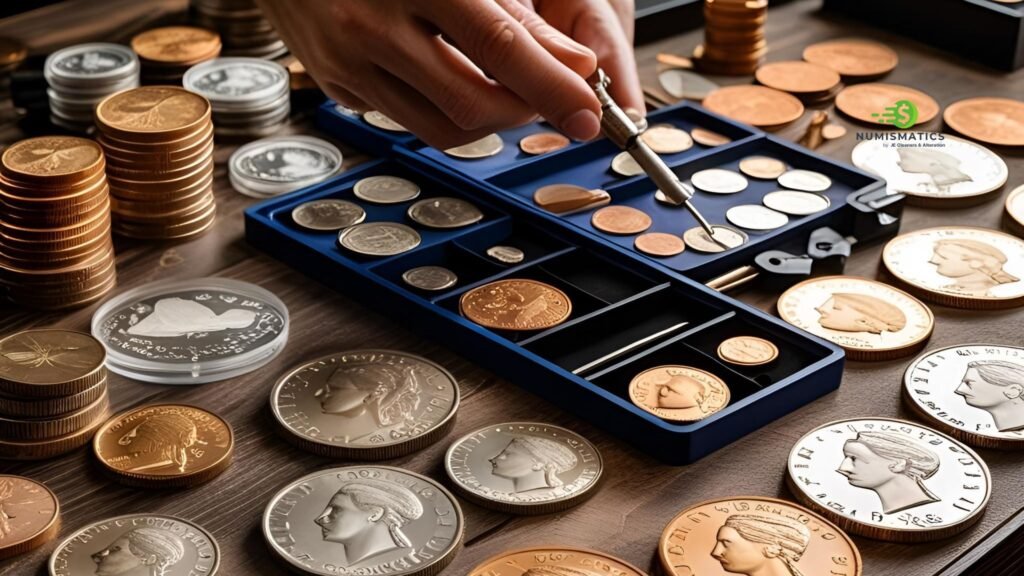
Common Mistakes to Avoid
Even seasoned collectors make errors. Here are pitfalls I’ve encountered:
- Overgrading: Wishful thinking can inflate grades. Always be conservative.
- Ignoring Cleaning: Cleaned coins lose value. Look for hairlines or unnatural shine.
- Grading Low-Value Coins: Spending $30 to grade a $5 coin isn’t cost-effective unless it’s a rare error.
- Poor Lighting: Harsh light hides flaws; soft, adjustable light reveals them.
Tips for Improving Your Grading Skills
- Study Certified Coins: Compare your coins to slabbed PCGS or NGC examples.
- Join a Coin Club: Community feedback sharpens your eye. My local club’s grading contests were invaluable.
- Practice Regularly: Grade 10 coins a week to build muscle memory.
- Attend Coin Shows: See high-grade coins in person to understand luster and strike.
- Read Numismatic Literature: Books like “The Official ANA Grading Standards” are goldmines.
When to Grade vs. When to Hold
Not every coin needs professional grading. Here’s my rule of thumb:
| Coin Value | Action |
|---|---|
| Under $50 | Self-grade for practice or enjoyment. |
| $50-$100 | Consider grading if rare or an error coin. |
| Over $100 | Send to PCGS or NGC for authentication and marketability. |
Grading costs ($20-$50 per coin) add up, so prioritize high-value or historically significant pieces. I once skipped grading a common Lincoln cent, saving $25 that I invested in a better coin.
FAQs About Coin Grading
Can I grade coins without a loupe?
A loupe is essential for spotting micro-scratches or wear. Without one, you’ll miss critical details.
How do I know if a coin has been cleaned?
Look for hairline scratches, unnatural shine, or dull luster under magnification. Cleaned coins often lack original toning.
Is professional grading worth the cost?
For coins over $100 or rare varieties, yes. PCGS or NGC grading adds credibility and protects your investment.
How long does it take to master coin grading?
With regular practice, you’ll gain confidence in 1-2 years, but mastering subtle distinctions (e.g., MS-64 vs. MS-65) takes a decade or more.
Conclusion: Grade with Confidence
Coin grading is a journey, not a destination. After 20 years, I’m still learning, refining my eye, and marveling at the stories coins tell. By using the right tools, following a systematic process, and practicing diligently, you can grade coins like a pro. Start small, compare your grades to certified coins, and don’t hesitate to seek professional grading for valuable pieces. Whether you’re building a collection or appraising a single coin, grading empowers you to make informed decisions and deepen your love for numismatics.

